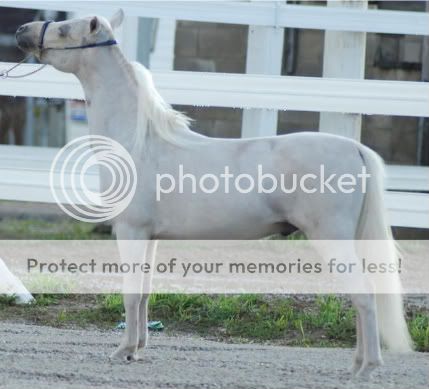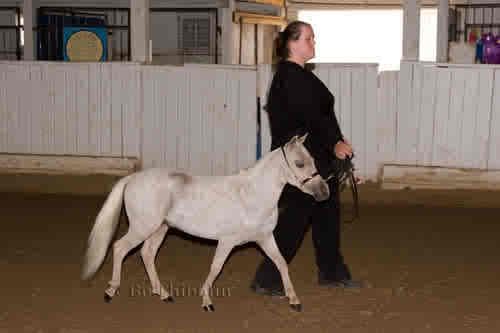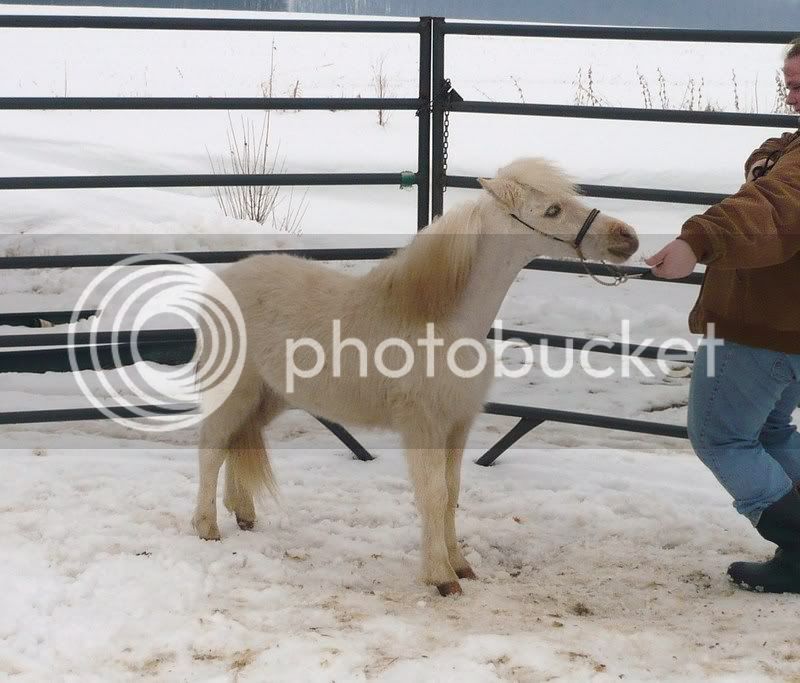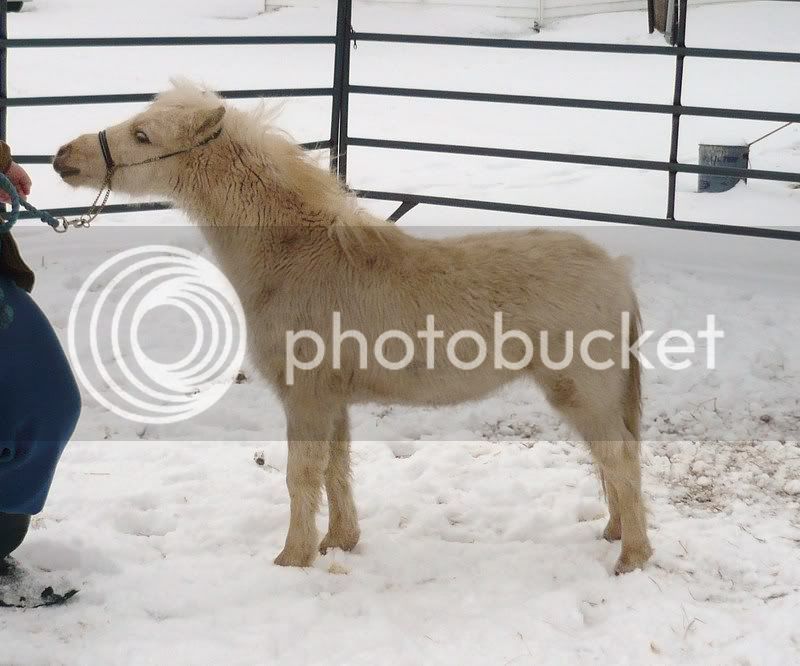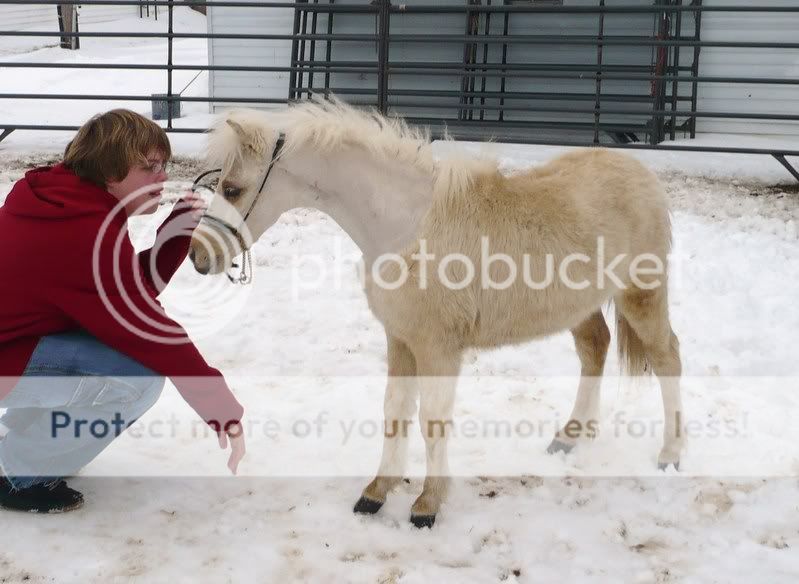Flatbroke Farms
Well-Known Member
- Joined
- Mar 3, 2008
- Messages
- 118
- Reaction score
- 0
What do you all do to get your yearlings show ready? What sort of exercise and for how long? I am so new to all of this, I am clueless! I know that even with the big horses, doing too much when they are too young is damaging, and I'm aware of how much exercise is or isn't safe. But is it the same with the minis?
How much time a day or week do you spend exercising a yearling? What is your regimen?
How much time a day or week do you spend exercising a yearling? What is your regimen?




